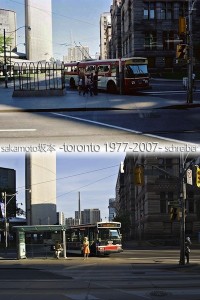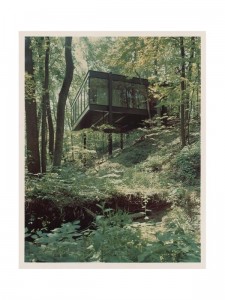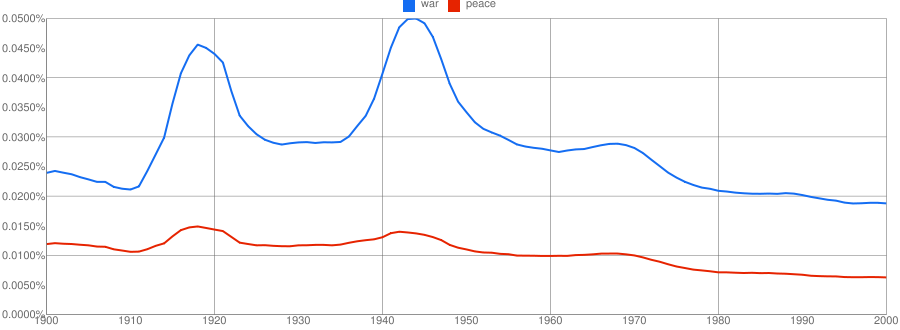I gave Sophie a jetBlue Airport Playset for Christmas a few years ago and when she began playing with it again today I joined in. The set includes a catering truck, baggage cart, pushback tug, various cautionary signs and pylons, and of course an airplane — all in jetBlue’s livery.
One can’t help but recall The Phantom Tollbooth, of course:
“THIS PACKAGE CONTAINS THE FOLLOWING ITEMS:
“One (1) genuine turnpike tollbooth to be erected according to directions
“Three (3) precautionary signs to be used in a precautionary fashion
“Assorted coins for use in paying tolls.
“One (1) map, up to date and carefully drawn by master cartographers, depicting natural and man-made features
“One (1) book of rules and traffic regulations, which must not be bent or broken.”
We played for a while in the manner the toy’s creators probably imagined: loading baggage and food at the gate, pushing back, following signs to the runway, and then of course flying around the room.
And then Sophie decided the next time the plane asked for permission to take off she would just say “no”. Even when support vehicles and eventually every toy car in her room lined up waiting to cross the active runway, the “tower” refused to let the plane move. After a while I announced that the passengers had run out of food and the plane had to go back to the gate to get more and the answer still came back enthusiastically “no!”
So I guess the major question we have to ask is: is there something about jetBlue aircraft that encourages controllers (even at age five) to leave them sitting on runways?



